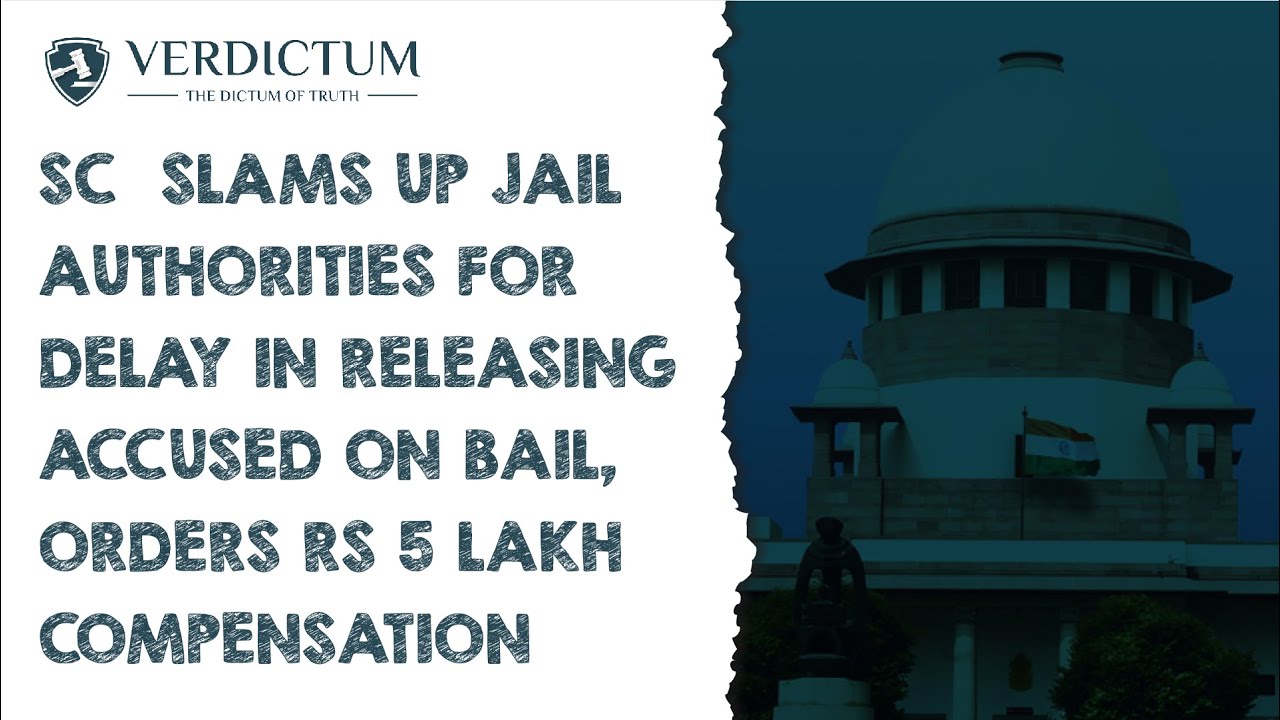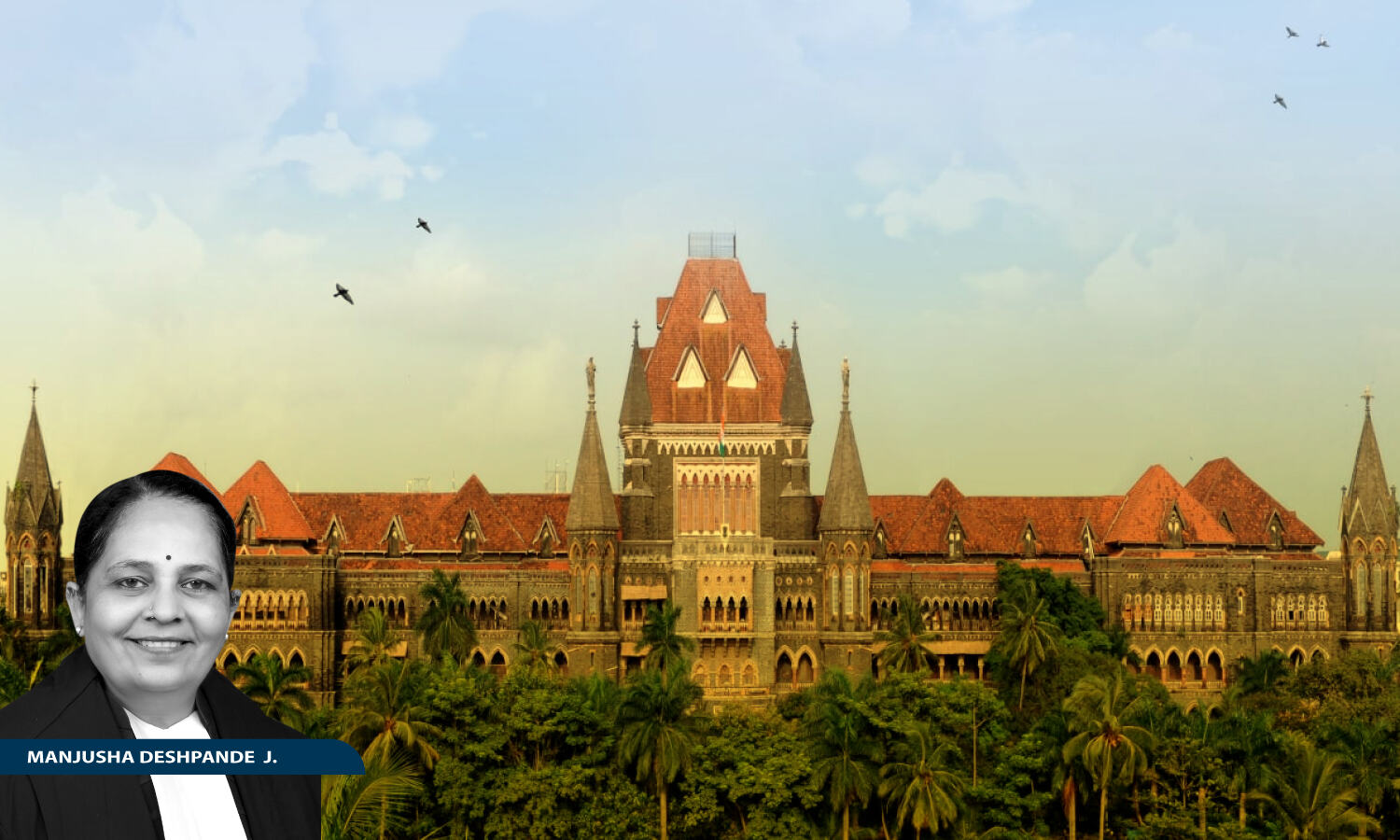Lessons In Law, State Responsibility, And Preparedness


The COVID-19 pandemic was not merely a public health crisis; it was a stress test for global governance, national sovereignty, and legal systems. The virus, with its rapid spread and high mortality rate, upended life as we knew it, compelling states to adopt extraordinary measures. From lockdowns to vaccine mandates, from the redefinition of workspaces to the interpretation of contracts under force majeure, the legal, political, and ethical dimensions of governance came under unprecedented scrutiny. As the pandemic recedes, it leaves behind a rich trove of lessons on how societies can prepare for and respond to global health emergencies with more resilience and equity.
Global Health Challenges Exposed
The pandemic exposed the fragility and inequity embedded in global health systems. Even with prior experiences of SARS, MERS, and Ebola, the world was underprepared for a pathogen of COVID-19’s scale. The initial outbreak in Wuhan, China, quickly escalated into a worldwide crisis, revealing the limitations of early-warning mechanisms and the lack of cohesive international coordination. Nations were caught in a reactive mode—closing borders, hoarding medical supplies, and scrambling for testing infrastructure—rather than acting in unison with a pre-ordained strategy.
One of the greatest global challenges was the unequal access to healthcare infrastructure and vaccines. High-income countries were able to procure vaccines and therapeutics swiftly, while low- and middle-income nations struggled. The COVAX initiative, led by WHO, GAVI, and CEPI, attempted to address this disparity but had limited success due to funding shortages and nationalistic vaccine policies. The crisis highlighted how public health is deeply entwined with global equity, international cooperation, and the politics of resource allocation.
The Expanding Role of the State
Faced with a crisis of existential proportions, the State emerged as the primary guarantor of public welfare. From enforcing lockdowns to regulating business operations, and from coordinating healthcare responses to offering economic relief packages, states assumed sweeping powers. These powers, however, raised questions about the limits of government intervention and the balance between public safety and individual rights.
One key area was the question of vaccine mandates. While most governments made vaccines freely available, the decision to make vaccination mandatory or to tie it to access to public spaces was met with both support and resistance. In India, the Supreme Court struck a balance by upholding the State’s duty to ensure public health while emphasizing that individual autonomy cannot be completely subverted. The Court ruled that vaccination cannot be forcibly imposed but left space for reasonable restrictions in specific contexts, such as healthcare or education.
The pandemic also brought into focus the State’s obligation to protect vulnerable populations—migrant workers, daily-wage earners, and marginalized communities—who bore the brunt of lockdowns and economic downturns. In India, the plight of migrant labourers walking thousands of kilometres back to their villages was a haunting reminder that state mechanisms, however well-intentioned, often falter without decentralized, community-level support.
Legal and Regulatory Frameworks Under Scrutiny
COVID-19 was a crucible for legal norms, especially in the domain of contract law, labour law, and constitutional rights. Courts across the globe were inundated with cases testing the limits of existing laws. The doctrine of force majeure, which allows parties to be excused from contractual obligations due to unforeseeable events, took centre stage in many jurisdictions. Indian courts had to adjudicate whether the pandemic constituted such an event and under what conditions contracts could be annulled or renegotiated.
The reorganization of working hours and the shift to remote work demanded new regulatory frameworks for labour laws, data protection, and occupational safety. Government-imposed curfews and restrictions on movement also led to instances of police overreach, prompting judicial intervention in several cases. High courts across India played a critical role in upholding the rights of citizens during these restrictions, cautioning the state machinery against excessive use of force or arbitrary actions.
Additionally, the imposition of fines for breach of restrictions became a point of contention. While necessary to ensure compliance, the disproportionate impact of these fines on economically weaker sections raised concerns about fairness and accessibility to legal recourse. It became evident that public health regulations must be grounded not only in scientific evidence but also in principles of justice and proportionality.
The Prospect of Global Tort Actions
An intriguing legal development stemming from the pandemic is the possibility of global tort actions. The filing of lawsuits in the United States against China, alleging concealment and negligence in managing the early stages of the outbreak, marked a controversial intersection of international law and geopolitics. While the suits remain pending and are unlikely to succeed due to sovereign immunity and jurisdictional constraints, they raise important questions.
Can States be held liable in international courts for failure to contain a pandemic? What constitutes negligence in the global health domain, and how can accountability be enforced without jeopardizing diplomatic relations? While these questions remain unresolved, they highlight the need for a more robust international legal framework for health emergencies—perhaps a treaty that defines obligations, liability, and mechanisms for dispute resolution among nations.
Lessons Learned and Pathways to Future Preparedness
The pandemic offered a series of hard-earned lessons that the global community must institutionalize. Firstly, it underscored the importance of investing in public health infrastructure, including testing, surveillance, and critical care facilities. Secondly, it demonstrated that preparedness cannot be localized. A virus knows no borders, and neither should our responses. Strengthening the World Health Organization, both financially and politically, is imperative for coordinated international action.
At the national level, laws governing disaster management and health emergencies must be revised to reflect contemporary challenges. India’s Epidemic Diseases Act of 1897, for instance, proved inadequate and had to be supplemented by the Disaster Management Act, 2005. A new comprehensive law incorporating health rights, emergency powers, and clear accountability frameworks is needed.
Education and awareness campaigns must become a permanent feature of public health governance. Vaccine hesitancy, misinformation, and panic can only be addressed through sustained public engagement and trust-building. Furthermore, digital health technologies—telemedicine, health data analytics, and AI-based early warning systems—must be integrated into national health strategies.
Finally, the ethical dimensions of public health governance—privacy, consent, equity, and autonomy—must be placed at the heart of legal and policy frameworks. It is only through a rights-based approach that public trust can be retained during future crises.
Conclusion
COVID-19 has altered the trajectory of public health, governance, and legal norms in profound ways. It reaffirmed the central role of the State in safeguarding citizens while highlighting the perils of overreach. It exposed the weaknesses in global cooperation yet offered blueprints for reform. As the world looks beyond the pandemic, it must not forget the lessons it brought forth. The road to preparedness is long, but with the right legal, institutional, and ethical frameworks, humanity can be better equipped to face the next inevitable challenge.





